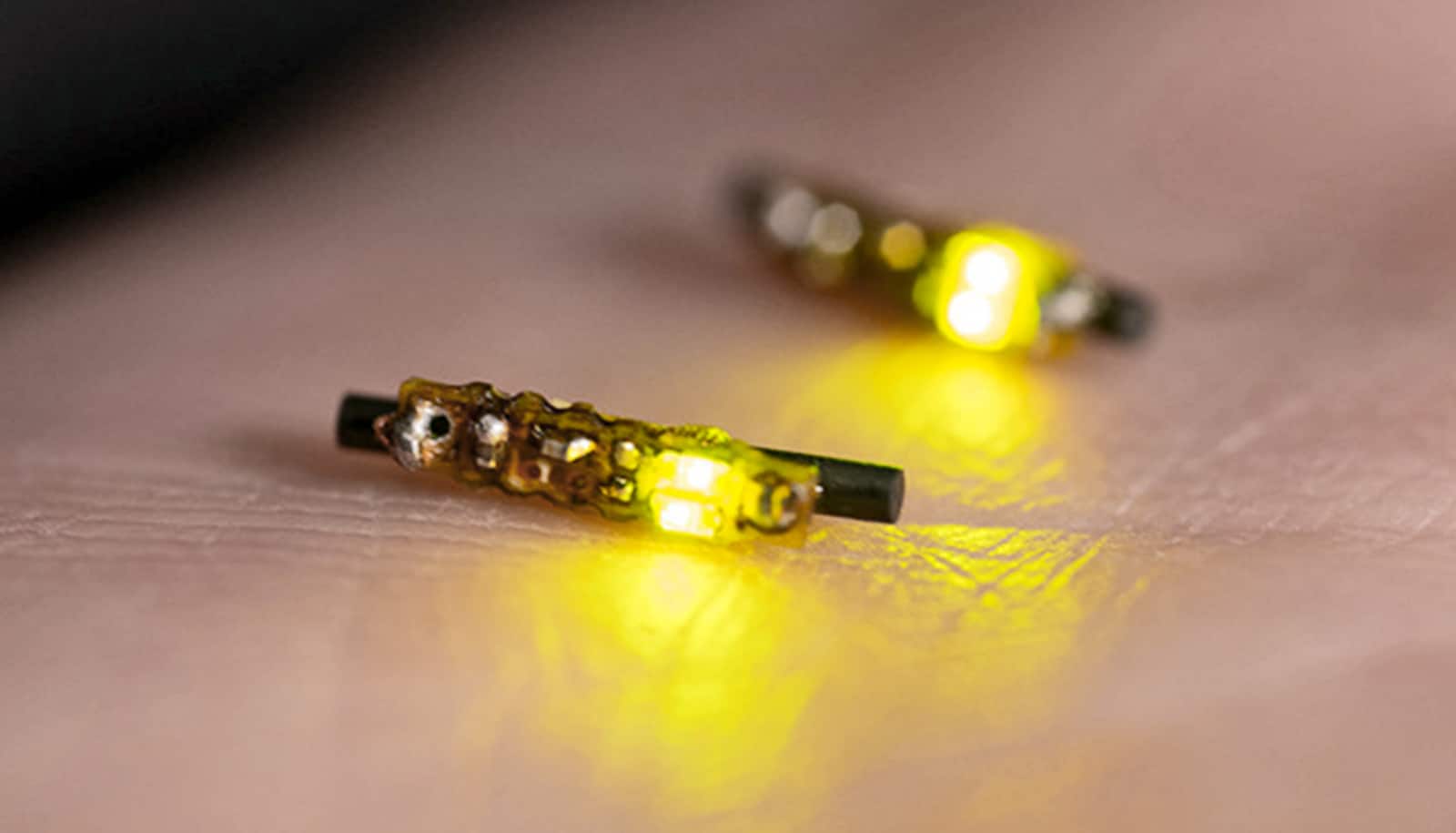Researchers are developing a technology that mimics the dual-layer structure of viruses to deliver nucleic acid-based therapies to targeted cancer cells.
David Thompson leads a team developing the carrier system called LENN.
“LENN comprises two protective layers. The inner shell condenses the nucleic acid; the outer shell protects it from the immune system so it can circulate freely and target cancer cells,” says Thompson, a professor in chemistry department at Purdue University and on the faculty of the Purdue Institute for Cancer Research and the Purdue Institute for Drug Discovery.
“We’re mimicking the strategies of viral particles that have been doing this effectively for millions of years.”
Thompson and his team, including postdoctoral researcher Aayush Aayush, used LENN to deliver nucleic acid (NA)-based therapies to bladder cancer cells.
Their research appears in the journal Biomacromolecules.
“The data shows our agile nanocarrier is flexible in its targeting ability, cargo size, and disassembly kinetics,” Aayush says.
“It provides an alternative route for nucleic acid delivery using a biomanufacturable, biodegradable, biocompatible, and highly tunable vehicle capable of targeting a variety of cells depending on their tumor-specific surface markers.”
Thompson says nucleic acid-based therapies are revolutionizing biomedical research through their ability to control cellular functions at the genetic level. Therapies comprising several constructs are being explored to expand the druggable sites of the human genome.
“Unfortunately, estimates suggest that only 1% or less of the NA cargo that enters the cell gets to the cytosol where it is active,” he says.
“That is one of the motivations for developing this new approach: borrowing design principles from viruses, biological machines that have been delivering cargo to cells for millions of years. Our nonviral delivery system protects and efficiently releases the NA therapies within the cytoplasm of target cells.”
The inner core of the LENN system is made from a complex of nucleic acids and modified cyclodextrins—a product of corn processing. Its outer core is elastin, one of the most abundant proteins in the body. Thompson says the design provides several benefits.
“Because elastin is so widely abundant, there are no known antibodies to it. From a drug delivery perspective, that is attractive because the body’s immune system will not recognize it as a foreign nanoparticle,” he says. “LENN also can deliver cargo as short as silencing RNA, which are 19 or 20 nucleotides long, and as long as huge plasmids exceeding 5,000 base pairs in length.”
Thompson says the LENN system can be made in a biomanufacturable manner.
“All of the building blocks are made from renewable resources: cyclodextrin (from corn) and the elastin-like polypeptide from bacterial fermentation,” he says. “This is in contrast to most traditional pharmaceuticals that are derived from petroleum.”
Thompson says earlier efforts for delivering NA therapies have employed lipid or polymer-based vehicles.
“Unfortunately, those approaches suffer from very low efficiencies, rapid immune system clearance and poor shelf stability,” he says. “Chemically modified nucleic acids are showing some promise in experimental systems; however, the safety of that approach has not yet been clinically demonstrated.”
The recent Biomacromolecules study complements four previously published papers based on Thompson’s research on the LENN system components.
“These earlier papers in Biomaterials Science, Oncotarget, and Biomacromolecules show the effectiveness of our method to rapidly purify elastin-like polypeptides for use in biomedical applications and its ability to retain function of attached targeting proteins and enzymes,” he says.
“Two of those papers show the specific case of targeting to bladder tumor cells and the other shows that the material purified by our patent-pending technology is capable of targeting human bladder tumors in human and canine surgical samples.”
Thompson says bladder cancer is the first target of the LENN system, but he and his team are developing efforts in other cancer types to explore the scope of the technology.
“We are learning to work with the materials and to optimize them,” he says. “A bladder cancer therapy is a more localized therapeutic approach than would be needed for developing a subcutaneous or IV injection. However, our plans include walking up that difficulty scale to impact other cancer types.”
Thompson disclosed the system to the Purdue Innovates Office of Technology Commercialization, which has applied for patents to protect the intellectual property.
The Purdue Institute for Cancer Research provided funding to Thompson to develop and validate LENN.
Source: Purdue University



